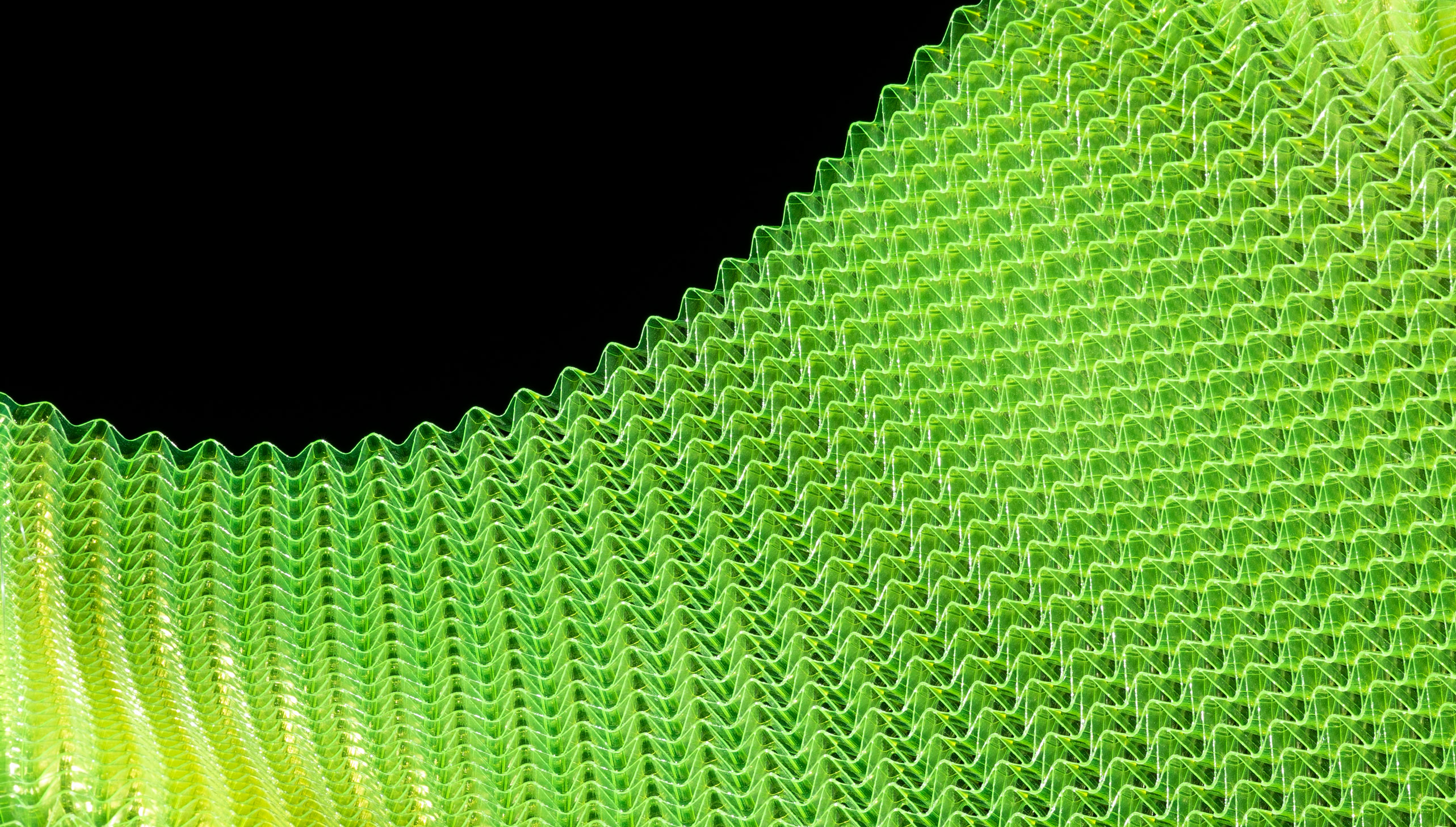Anon WaveCel Oslo Helmet Review: High-Tech Safety Hits Winter Head Gear
The most notable safety innovation in helmets since MIPS, WaveCel has found its way from the cycling scene to the snowy slopes.
In the crowded world of snowsports gear, Anon currently stands as the sole manufacturer using WaveCel tech. Already a fixture in the cycling world, WaveCel stands as a potential disruptor to the industry standard in head injury reduction, MIPS.
Anon, a sub-brand of snowboarding giant Burton, claims its WaveCel helmets are “80 percent safer than standard snowsports helmets.”
We tested the WaveCel Oslo, an all-new streamlined and stylish helmet, ahead of its debut for the 2022-23 season.
In short: The 2022/23 Anon Oslo is a high-quality ski and snowboard helmet that features WaveCel, the latest science-supported safety technology to hit the world of snowsports. The low weight and ample ventilation are ideal for warmer conditions, and the BOA fitting dial is solid and intuitive to use. It’s not the most durable helmet on the market, but it’s stylish, comfortable, and — in theory — extra safe.

What Is WaveCel?
At the core of the Oslo is WaveCel, a curved, lime-green layer of interlocking pleats. These pleats replace EPS foam that makes up most helmet cushioning and offers an alternative to slip liners like MIPS that help damp rotational energy.
According to its inventors, the WaveCel layer flexes, crumples, and glides during impact, potentially saving the brain from traumatic injury.
Anon is the first manufacturer to bring WaveCel to the snowsports world. Previously, WaveCel tech has appeared in Bontrager cycling helmets. According to Bontrager’s testing, WaveCel helmets prevented concussions in common cycling accidents “nearly 99 times out of 100.
Unfortunately, WaveCel is a one-and-done product. After any significant impact, the Oslo will need to be replaced.

Anon Oslo WaveCel Helmet Review
Ventilation
The super-airy feel of the Oslo is a direct product of its WaveCel construction, which is completely porous. While skiing or riding, the Oslo channels airflow across the top of the head — a sensation we’ve never experienced in traditional EVA foam helmets.
Though the exceptional breeziness feels great on a sunny day in March, we can imagine ourselves wishing for better insulation in the colder months. The Oslo does have a Polartec fleece liner, and the BOA fit system opens up enough to fit a thin beanie underneath if needed.
Once it’s on and fitted, the Oslo has that sought-after “barely there” feel. The fleece liner is thin, yet soft, and we didn’t experience any pressure points or hot spots.
The removable ear flaps hugged our ears with minimal air gaps, but they weren’t the plushest or warmest. While skiing fast through the brisk morning air, our ears screamed for the extra protection of a buff or thin beanie.
Fit, Feel
As for the fit, the Oslo tightens with a single BOA dial that can be easily manipulated while wearing gloves. For such a lightweight helmet, the Oslo offered top-notch comfort and rarely required adjustment. The magnetic Fidlock chin strap closure is also easy to open and close — we even managed in a pair of mittens.
On the back of the Oslo, a small and simple goggle strap clip does its job well enough. The plastic clip is quite thin, which raises some eyebrows on the durability front, but we haven’t had an issue with ours.
Looks
Looks-wise, Anon didn’t reinvent the wheel here. Aesthetically, the Oslo has a classic dome-shaped, park-style profile. It’s a tried and true design that will certainly appeal to youthful boarders in particular, though we think it looks great on just about anyone.
There are very few cutaways or contours on the clean outer shell. The entire helmet weighs just 14.5 ounces in a men’s medium, and it felt lighter than the majority of snow sports helmets we’ve tested this year.

Conclusion
Due to its lightweight and minimalist design, durability is our main concern with the Oslo. On our second day of skiing with the helmet, a small rubber tube that supports the chinstrap snapped during normal use.
The broken strap doesn’t affect the helmet’s overall function, but it does suggest that Anon has room to improve its attention to detail.
Luckily, we didn’t physically test Oslo’s ability to protect against a head injury, but we are certainly intrigued by the potential of WaveCel. Many concussions and traumatic brain injuries that occur while skiing result from rotational forces, which are exactly what WaveCel is designed to absorb, redirect, and prevent.
We can’t say for certain whether a WaveCel helmet will protect your brain better than a standard EVA foam helmet. The research and development behind the design have been rigorous, and the resulting data are promising. Virginia Tech’s helmet review institution awarded the entire WaveCel line a perfect five-star safety rating.
Overall, this is a high-quality ski and snowboard helmet that features the latest science-supported safety technology on the market. We love the lightweight feel, elegant design, and glove-friendly Fidlock magnetic chin strap buckle. The Oslo is available now in adult and youth sizing.
The post Anon WaveCel Oslo Helmet Review: High-Tech Safety Hits Winter Head Gear appeared first on GearJunkie.

